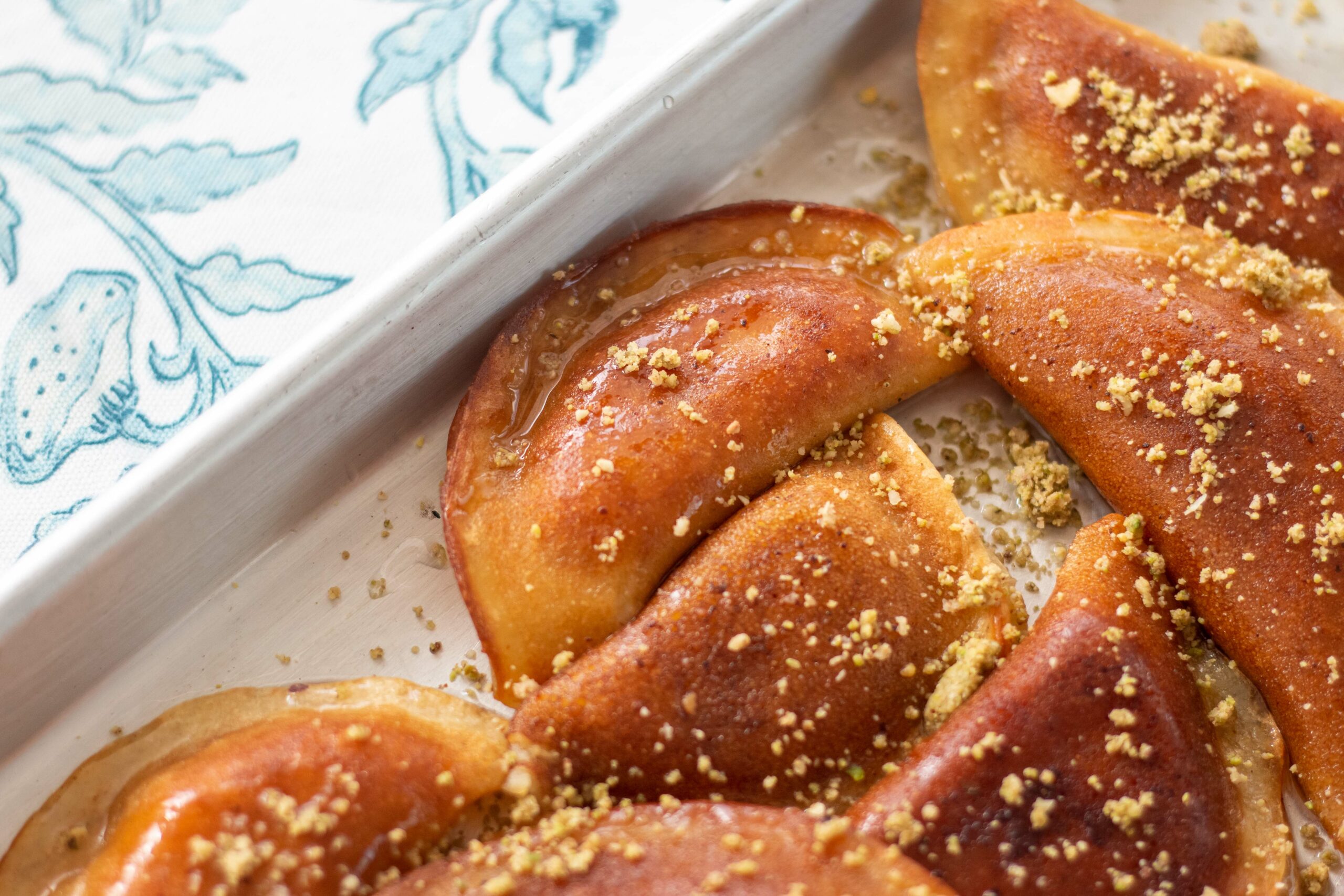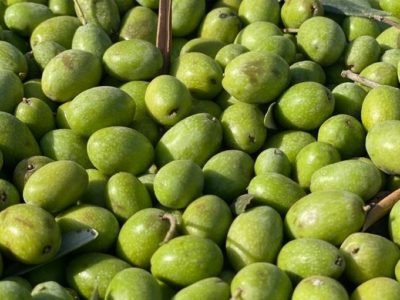For Muslims, Ramadan is the most important time of the year; a time of connecting with oneself, with one’s families and community, of purification, and of recognizing the suffering of others. Why this month? Ramadan, the ninth month in the Muslim calendar, is the month when Islam began: On one of its nights, the angel Gibril ordered the prophet Muhammad to “Read in the name of your Lord who created” (Quran, Surah al-‘Alaq), a sentence which became the first verse of the holy Quran.
Each day during Ramadan, from dawn to sunset, we must abstain from life’s pleasures, such as eating, smoking, and having sex. We should practice charity, abstain from gossip and slander, visit our extended family, and make sure they have everything they need during this holy month.
The Islamic holidays are determined according to the Hijri calendar, whose epoch is the migration of prophet Muhammad from Mecca to Medina in 622 BCE, more than 1400 years ago. Similarly to the Hebrew calendar, the Hijri calendar is lunar, yet unlike the Hebrew calendar, it does not have leap years. As a result, it is 11 days shorter than the astronomical year, and the holidays “roam” between the seasons. Each year, Ramadan begins about 10 days earlier than the previous year — the precise dates are set only after the religious leaders see the moon with their own eyes, as the prophet Muhammad had ordered.
The holiday’s atmosphere can be felt a month in advance across the Muslim world, streets and mosques are decorated with lights, and markets swell with special foods. At home, preparations begin with the purchase of nuts, spices, and dried fruit (especially dates and apricot leather) and halwa (which is a must), making different kinds of pickled and preserved foods, buying new tableware and kitchen equipment, and cleaning and even renovating the house. Online, websites are brimming with special recipes for Ramadan, catered menus aimed at helping solve the “what shall we make today?” dilemma, and tips for a successful Ramadan.
Ramadan Mornings
In my childhood, we would wake up to the drum of the mesaharati, who would beat his drum around the city’s neighborhoods to wake people up for suhoor, a meal eaten before dawn to prepare the body for a day of fasting. I remember sleeping on my grandparents’ balcony with my cousins on many Ramadan nights, our aunts waking us up to hear the mesaharati and see the crowds of kids who accompanied him on his tour. The suhoor meal remains one of the tastiest memories of my childhood. My father would stay up all night, praying and reading books until an hour before the fast began. Then he would fix us a meal of labneh and various cheeses like jibneh, olive oil, vegetables, avocado, butter, jams, halwa, honey, and a steaming pot of mint tea. When Ramadan fell during the winter, we would wake up to the scent of pitas toasting on an electric heater and gather at the table, half asleep.
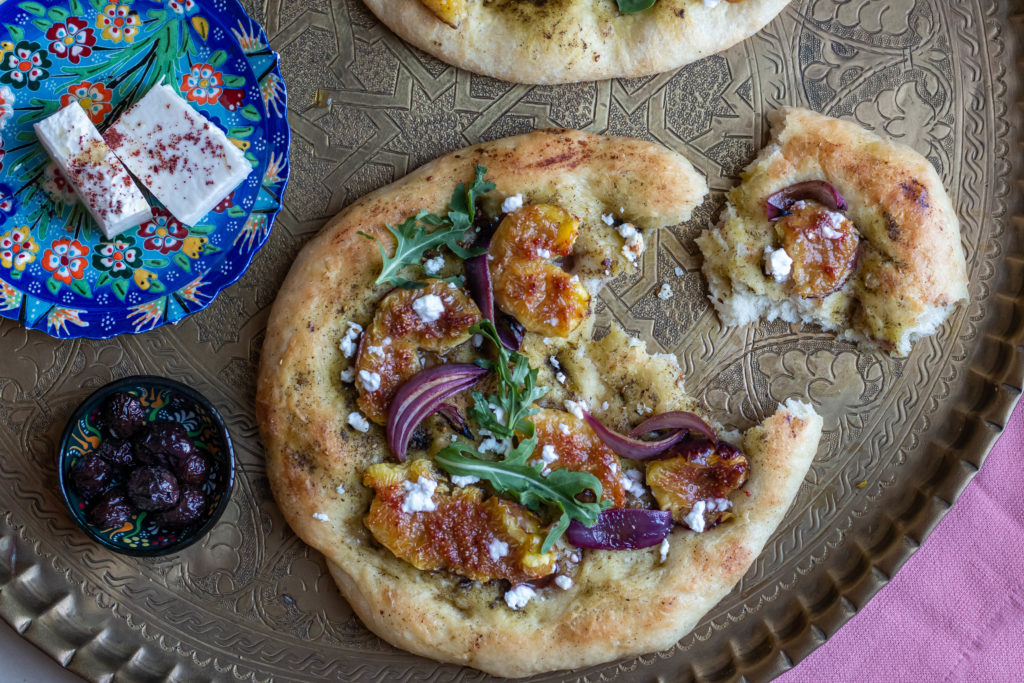
The fast begins when the muezzin calls over a loudspeaker to stop eating and drinking. Then comes the morning prayer, after which almost everyone goes back to sleep until morning. Getting used to fasting happens quickly, usually in about two days, when the urge for coffee and cigarettes disappears.
The Iftar
The day of fasting ends at sunset. When Ramadan falls in winter, the fast will be about 11 hour long, while in summer it is very long, about 15 hours.
The preparations for the meal that breaks the fast begin in the afternoon. Excitement sets in an hour before the muezzin call. The children and men now join the effort, preparing fresh lemonade and juices from tamarind and apricot leather, buying fresh bread, hummus, and falafel, and setting the tables. The meal changes throughout the month depending on the preferences of the cook and guests, but some guidelines and dishes are a must.
A plate of dates will be placed on every table all through Ramadan — according to prophet Mohammad, this is the first food one should eat after the fast. In Islamic culture, dates are considered a heaven-sent gift, a food that heals the body and mind. “A home with no dates is truly poor,” said the prophet Muhammad, and we, his followers, will open the meal with a sweet date.
Next, a hot lentil or vegetable soup will be served to prepare the stomach for the meal ahead. At least one main course will include meat and a starch, and there will be a selection of salads, pickled vegetables, and spreads. Falafel is a regular side dish on many tables, and it will sometimes be substituted with kubbeh or sambusak.

All the preparations for the meal (as well as serving it) are performed by the women of the family, usually after they return from work. The great challenge is that they must cook without tasting, and yet surprisingly, the food is almost always seasoned to perfection. In the past, it was rare that a family would sit down to the Ramadan meal alone; families would join one another at the table an hour before the muezzin call, and most grandparents ate at their childrens’ homes. In my childhood, one of the signs of Ramadan was that grandma Fatima, my father’s mother who lived by herself, would come live with us for the entire month. My uncles and their children were also regular guests at our table.
Today, things seem to have changed, and people have less time and resources to host so many people, yet iftars on Ramadan weekends will almost always have many guests. I, for example, invite all my family members, about 60 people, on the first weekend of the month, and I will be invited to the homes of the people I hosted for the other weekends. For a woman who cooks during Ramadan, there is no greater blessing than to take some time off from the preparations and cooking, especially when hosting becomes a routine and creativity becomes a challenge.
After the meal, thousands of people fill the streets and roads as they hurry to pray the tarawih prayer at the mosque – a special Ramadan prayer which involves reading long passages from the Quran.
One of the most beautiful Ramadan customs is Silat Al-Rahm: Men must visit women with whom they have “womb ties” like mother, daughters, sisters and nieces and bring them food, though today they will more often bring gifts or money. Many will visit or host relatives until very late in the evenings. Sweets, fruit and nuts will be served at these gatherings after the iftar.
Ramadan Sweets
Sweets are an important part of Ramadan. Since the end of the first millennium, the preference in the Arab world has been for sweets loaded with nuts, dripping in sugar or honey. The uncontested king of these sweets is qatayef, a pancake that can be stuffed with nuts or cheese, fried in butter and then doused with simple syrup. Its popularity is followed closely by knafeh (a dessert with cheese) and awameh (small doughnuts), which have been praised in hundreds of poems. In the past, these delicacies were reserved for the tables of the caliphs and rulers. Their popularization is attributed to the Fatimid Caliphate, which ruled Egypt and a large part of North Africa in the 10-12 centuries BCE. Wishing to demonstrate the prosperity achieved during their reign, they distributed food and sweets which until then had been reserved to their rich alone. In doing so, they also helped people cherish the month-long fast.
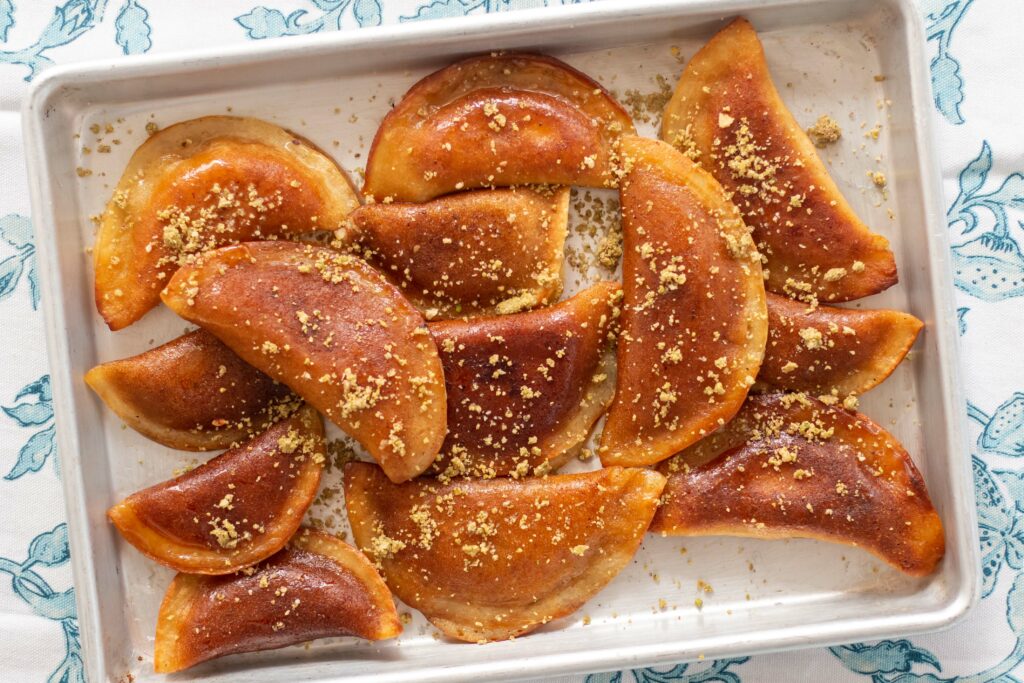
There are many versions of qatayef. An early recipe can be found in al-Warraq’s Kitab al-Ṭabīḫ (from the 10th century), and later on in a book by Ibn al-Adim from the 13th century and in an Egyptian cookbook from the 14th century. Today, many buy prepared qatayef at sweet shops. In my family, it is one of the signature flavors of the holiday, and when I was little, it was always homemade. Everyday, in the early evening, my father would pick up the bring the fresh and warm dough (which resembles a pancake fried only from one side), and we would prepare our two favorite fillings: crumbled sweet jibneh with a little salt and sometime cinnamon, or ground almonds with cinnamon and sugar, and fill the velvety, aromatic pancakes. At the end of the iftar meal, my mother fried the qatayef in butter and dipped them in simple syrup – so the meal ended with a sweet, crunchy bite.
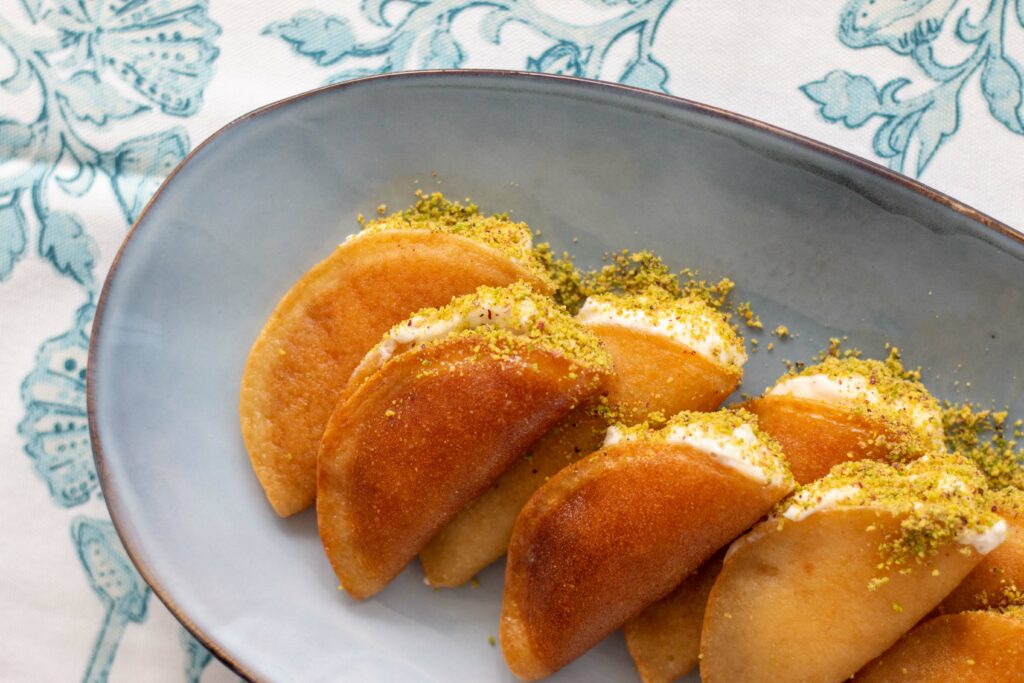
The End of Ramadan
Ramadan reaches its spiritual and religious peak in the last ten days of the month, when prayers, Quran reading, and charity are practiced with special care. In every city there are people responsible for collecting the zakat – a fixed percentage of the believer’s income, which is distributed to the poor. Charity meals are also held for those in need. The 27th evening of Ramadan is called Laylat al-Qadr, “The Night of Fate” – the night when God gave the first verse of the Quran to the prophet Muhammad. On that night the gates of heaven open, and all prayers are heard. Most Muslims will pray until dawn, read Quran verses and address dua — personal requests for health, success and happiness — to God.
At the end of Ramadan we celebrate Eid al-Fitr, a three-day long holiday breaking the fast, when one should be happy and celebrate others for keeping the laws and traditions of Ramadan. Cookies, like date and nut-filled ma’amoul are prepared, and the tables are set with sweets, fruit, and nuts for guests. The holiday has no other traditional food, but many will host barbecue parties and prepare light dishes that were not eaten during Ramadan, such as shakshuka, omelets, and sandwiches. In my family, we gather together underneath the old oak tree in our yard in the morning with a hot cup of tea and cookies — and my father who once again can enjoy his coffee and cigarette.
